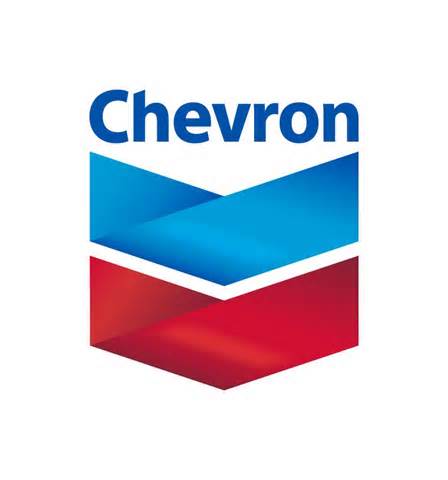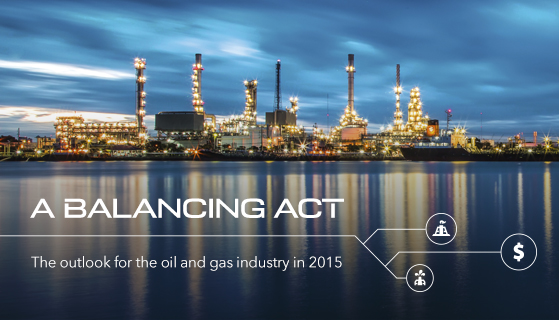 NYC-based PIRA Energy Group reports that federal activity to regulate fracking has picked up in December and so far in 2015. In the U.S., record weekly commercial stocks were reported. In Japan, crude runs eased and crude stocks built. Specifically, PIRA's analysis of the oil market fundamentals has revealed the following:
NYC-based PIRA Energy Group reports that federal activity to regulate fracking has picked up in December and so far in 2015. In the U.S., record weekly commercial stocks were reported. In Japan, crude runs eased and crude stocks built. Specifically, PIRA's analysis of the oil market fundamentals has revealed the following:
Fracking Policy Monitor
Though slowed by the desire to avoid contentious issues ahead of November elections, federal activity to regulate fracking has picked up in December and so far in 2015. The Obama Administration announced the next steps to implement its Methane Strategy, seeking to reduce methane emissions in the oil and gas sector by 40-45% from 2012 levels by 2025. On the state level, induced seismicity continues to be an emerging issue. Ballot measures in the November election seeking to ban fracking had mixed results across Ohio and California, but notably passed in Denton, Texas.
Record Weekly Commercial U.S. Stocks Reported
Total commercial stocks built last week to the highest weekly total ever reported. With a sharp decline in crude runs, crude stocks built, the four major refined products built, and all other oils drew. With a total commercial stock draw this week last year of 10.3 million barrels (-7.7 crude, +5.0 four major refined products, -7.6 all other oils), the year-over-year commercial stock excess ballooned out 20.5 million barrels to 112.6 million barrels, or 10.8%.
Japanese Crude Stocks Build, as Crude Runs Ease, while Finished Product Stocks Draw
Crude runs eased fractionally on the week and crude imports remained sufficiently high to build stocks. Finished product stocks drew, largely on lower naphtha and jet-kero stocks. Gasoline demand was modestly lower and stocks built slightly. There was a minor draw on gasoil stocks, as demand rebounded from low levels and incremental exports rose. Kerosene demand was higher and stocks resumed drawing. Indicative refining margins remain relatively strong.
A Snapshot of the Positions on NYMEX Crude Oil Options Provides Insight
A snapshot on NYMEX WTI option exposure provides insight as to market protection levels, time coverage, and market depth. The option open interest on WTI, traded on the NYMEX, as of January 13th was 1.81 million "call" contracts (the option to buy crude oil at a specific strike price), and 1.47 million put contracts covering delivery from February 2015 through December 2022. Some 92% of total put contracts outstanding are in 2015, while 2016 accounts for only 7%.This is consistent with hedging positions of shale crude producers.
Low Oil Prices Are Bringing Down Global Inflation, Creating Room for Policy Easing
Headline inflation rates have come down sharply in developed economies because of low oil prices. Emerging world inflation has also broadly decelerated. The global low-inflation environment has created room for policy easing in key economies, most notably in the euro area. But the expected announcement of quantitative easing by the European Central Bank next week has also created unanticipated volatility in the foreign exchange market this week.
Ethane Cracker Margins Suffer
Inexpensive propane prices relative to ethane continue to make C3 the most economical petrochemical cracker feedstock in the United States. At $0.43 per lb ethylene produced, C3 remains just over 10¢/lb better than ethane, per PIRA calculations. Butane's cracking margin, which was nearly equivalent with propane over the last few weeks, fell. Strong ethane prices relative to LPG, should they persist, complicate plans for the construction of at least six world scale ethane crackers on the USGC by 2020.
Ethanol Prices Decline Again
U.S. ethanol prices stumbled to a six-year low the week ending January 9, following petroleum values rather than corn costs. The weakest demand in about a year and the highest inventories in about 22 months also put downward pressure on prices.
Ethanol Stockpiles Jump to the Highest Level in Two Years
U.S. ethanol Inventories built by nearly 1.4 million barrel the week ending January 9, reaching 20.2 million barrels for the first time since February 2013. This was the largest week-on-week gain ever reported.
Fuel Price Subsidies: Crude Price Weakness Accelerating Moves to Market Pricing
Since PIRA's August 2014 update on fuel prices and subsidies, oil prices have collapsed, from an August average of $102/Bbl to below $50/Bbl. Several governments have taken advantage of the weak price environment and removed subsidies for major petroleum products, including Indonesia, Malaysia, and India. In most cases, the move away from a fixed (and previously subsidized) price coincided with a retail price cut, reducing the risk of political backlash. However, these policy changes will affect just 5% of global gasoline and diesel demand in 2015. Most oil importers now price major petroleum products at or near market levels, while the majority of subsidies remain in large oil-exporting countries, where price hikes do not appear imminent for political reasons.
The information above is part of PIRA Energy Group's weekly Energy Market Recap - which alerts readers to PIRA's current analysis of energy markets around the world as well as the key economic and political factors driving those markets.


 2014 saw the submarine fiber optics market surge to its highest demand for new cable since 2007 and the second highest since the early years of the 21st Century, before the market collapsed in late 2001.
2014 saw the submarine fiber optics market surge to its highest demand for new cable since 2007 and the second highest since the early years of the 21st Century, before the market collapsed in late 2001. NYC-based
NYC-based  With Mexican oil open to private investment for the first time, the country's initial bidding round is expected to remain competitive despite low oil prices, delays and a number of uncertainties, according to research and consulting firm
With Mexican oil open to private investment for the first time, the country's initial bidding round is expected to remain competitive despite low oil prices, delays and a number of uncertainties, according to research and consulting firm  Chevron Corporation
Chevron Corporation  the past 12 years,
the past 12 years,  New research from
New research from  Aberdeen head-quartered
Aberdeen head-quartered